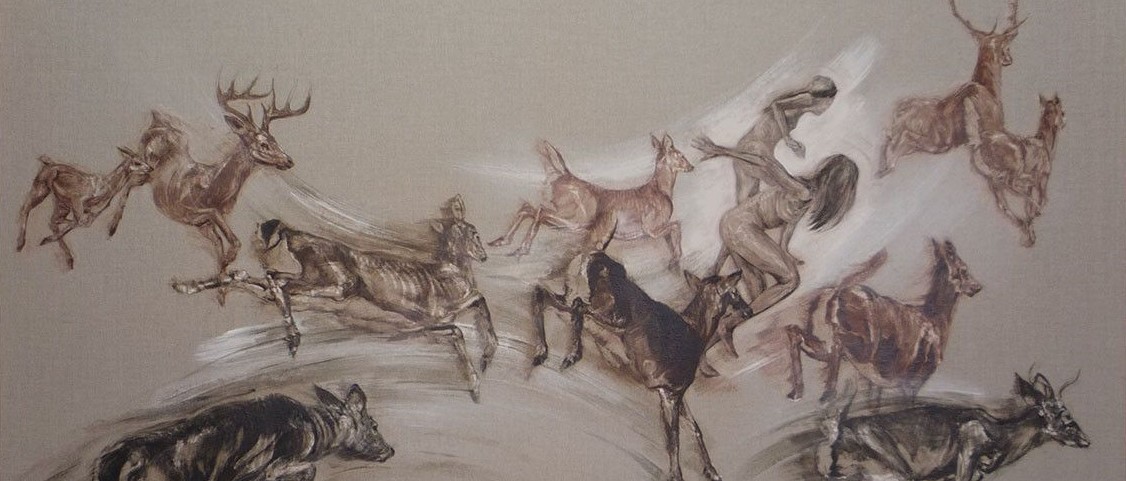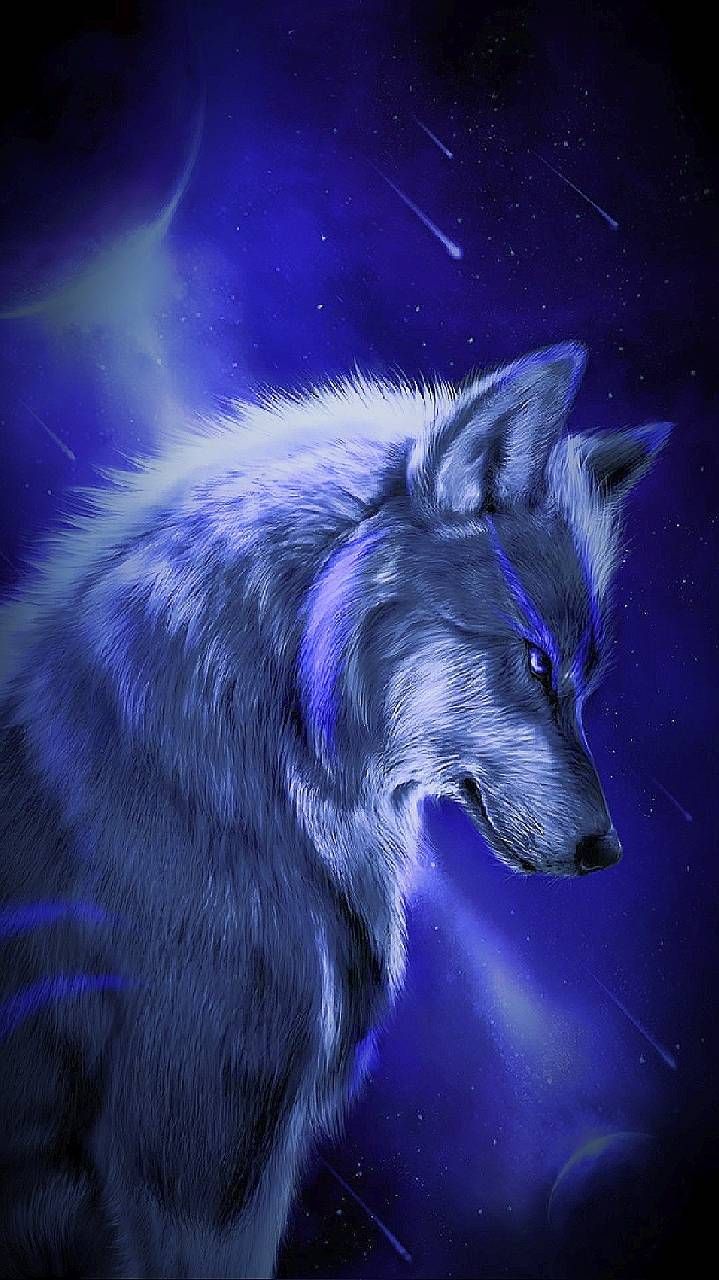An ancient magic by which practitioners can shapeshift into beasts of nature. Practioners of this magic among the
Isepox are known as
druids and all others are known as
shapeshifters. Odysseus offers
therianthropes as a more accurate alternative.
Laws & Limitations
Therianthropes can take the form of wild animals, adopting all of the chosen creature's capabilities and natural, bioligical senses in so doing. Normally, this supernatural shapeshifting is limited to small-to-medium creatures, from mice to horses. However, veteran practioners of this magic can adopt shapes as large as elephants. It is believed that
Resonance plays a large role in altering the mass of the shifter's body; or, at least, that would be the only explanation capable of supporting this metaphysical feat.
It should be noted that while adopting the shape of an animal, the therianthrope also inherits the creature's natural vulnerabilities. They may be more susceptible to harm and injury in exchange for taking on greater speed or strength. Further, newer practioners will find themselves unable to use lesser resonance magics while shifted, and also unable to communicate through speech; but veteran therianthropes can both cast magic
and bypass vocal limitations through telepathy.
The Contract
Before a young druid can shapeshift, they must first forge a contract with a spirit after selecting a symbol, a governing power of the spirits. The contract itself is an understanding or accord that allows the druid to become a living host to a foreign personality and all the emotions associated with it. In return, the symbol they chose gives the power to call forth the spirit it provides at any time and physically transform the druid into an avatar. This form is as unique among that symbol's spirits, as humans and chimeras are unique among themselves.
Symbols in particular are generic representations of an animal species: a bear, a wolf, an eagle, etc. While there are no physical, tangible icons (like crucifixes for Tellan Catholics), they may be drawn pictorally to aid a young druid's focus (like how monks may repeat mantras aloud).
Communing
After a contract is established and a spirit takes residence within the soul of the druid, the druid may commune with that spirit at any time. Communing is merely the act of communication, but turning the mind inward to listen to the thoughts and emotions of their spirit. During communion, the druid may channel the avatar of the spirit outward and manefest its being, thereby changing forms.



